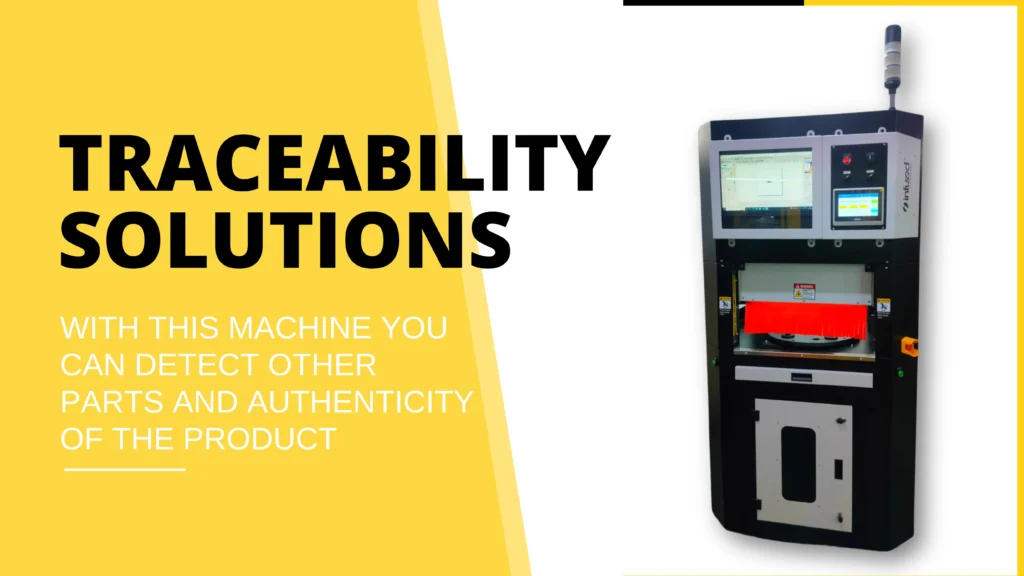
Traceability Case Studies For Laser Marking Solutions

In today’s competitive manufacturing landscape, the ability to trace and track parts throughout the production process is crucial. Laser part marking has emerged as a vital tool in achieving robust traceability, ensuring quality control, and complying with regulatory requirements.
What is Laser Part Marking?
Laser part marking is a process where a laser beam is used to create permanent marks on the surface of materials. These marks can include serial numbers, barcodes, logos, and other identifiers that are essential for tracking and identifying parts throughout their lifecycle. Unlike other marking methods, laser marking offers high precision, durability, and the ability to mark a wide range of materials, including metals, plastics, and ceramics.
Advantages of Laser Part Marking
-
Precision and Quality Laser marking systems provide high-resolution marks that are crisp and clear, ensuring legibility even on small components. This precision reduces the risk of misreading and enhances the reliability of part identification.
-
Durability The marks created by laser systems are resistant to wear, corrosion, and environmental factors, making them ideal for parts that are exposed to harsh conditions. This durability ensures that the traceability information remains intact throughout the product’s life.
-
Speed and Efficiency Modern laser marking systems are capable of high-speed marking, which translates to increased productivity on the manufacturing floor. This efficiency is particularly beneficial in high-volume production environments.
-
Versatility Laser marking is compatible with a wide variety of materials and can be applied to complex shapes and surfaces. This versatility makes it suitable for diverse applications across different industries, from automotive and aerospace to medical devices and electronics.
Enhancing Traceability with Laser Part Marking
Implementing laser part marking in manufacturing processes enhances traceability in several ways:
- Supply Chain Transparency: By marking each component with a unique identifier, manufacturers can track parts from suppliers through production and distribution. This transparency helps in identifying the source of any defects or issues, facilitating quicker resolutions.
- Quality Control: Traceable parts allow for better quality control by enabling manufacturers to monitor and record the performance of individual components. This data can be used to improve manufacturing processes and product quality.
- Regulatory Compliance: Many industries are subject to stringent regulations requiring traceability of parts and materials. Laser marking ensures compliance with these regulations by providing indelible and precise markings that meet industry standards.
Conclusion
Laser part marking is an indispensable technology for manufacturers aiming to enhance traceability, ensure quality, and comply with regulations. Its precision, durability, and versatility make it a superior choice over traditional marking methods. As industries continue to evolve, the role of laser marking in facilitating efficient and reliable traceability will only become more significant.